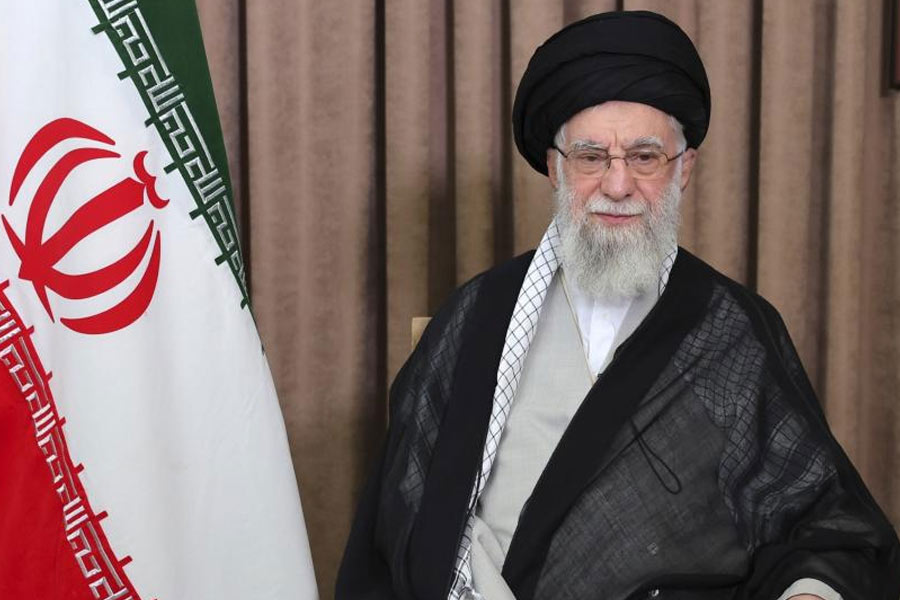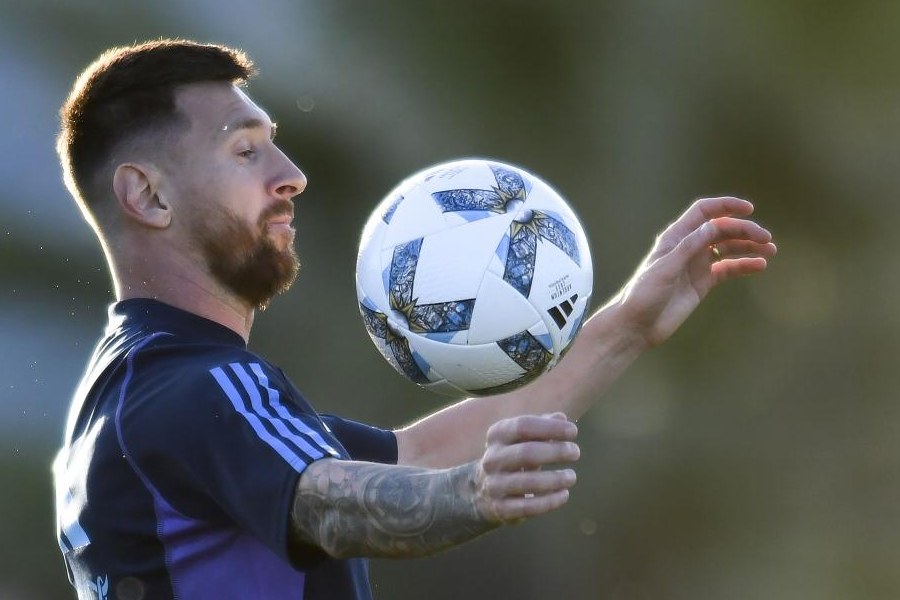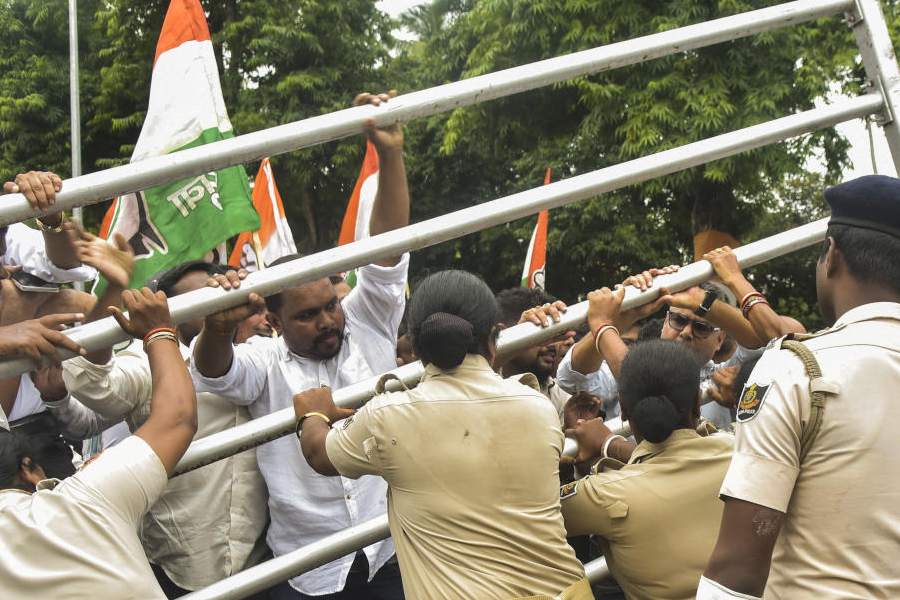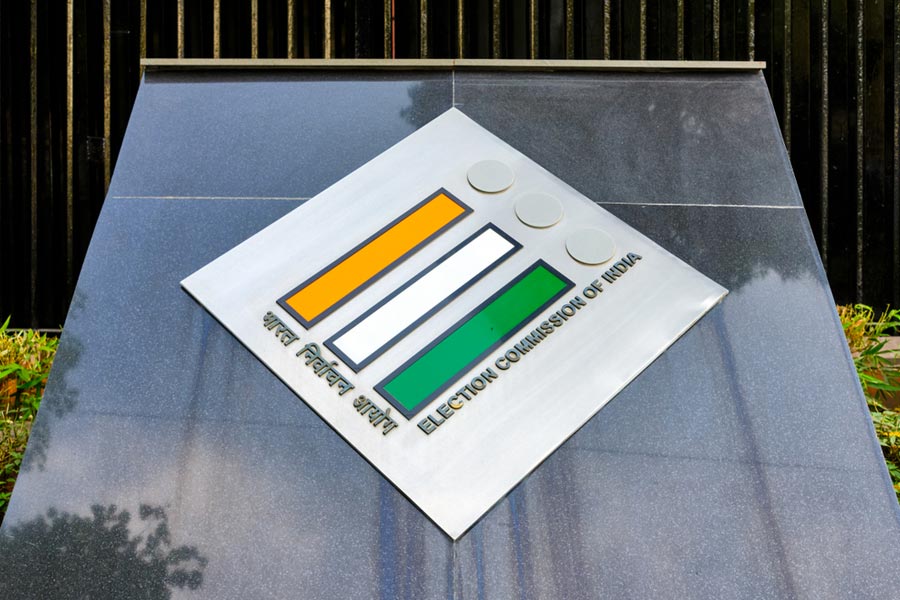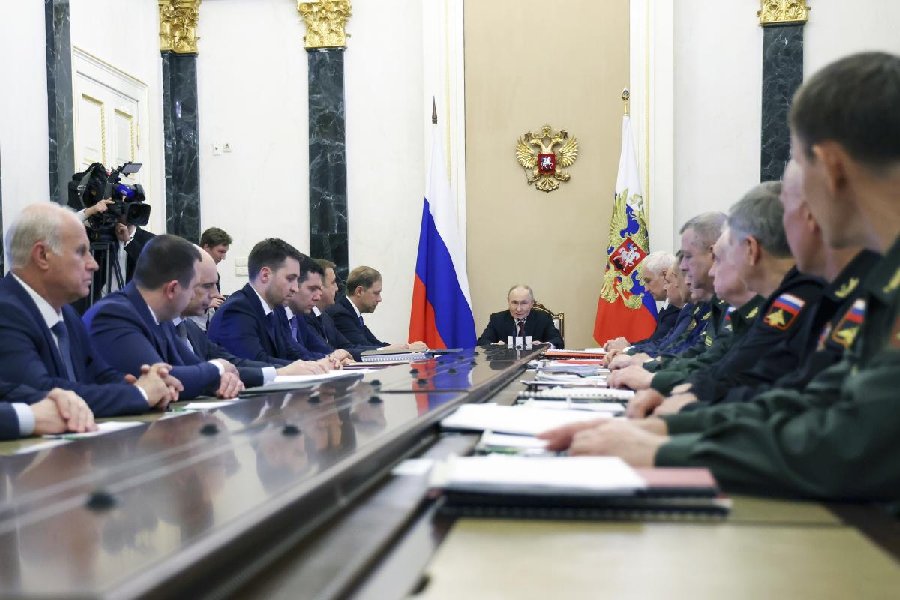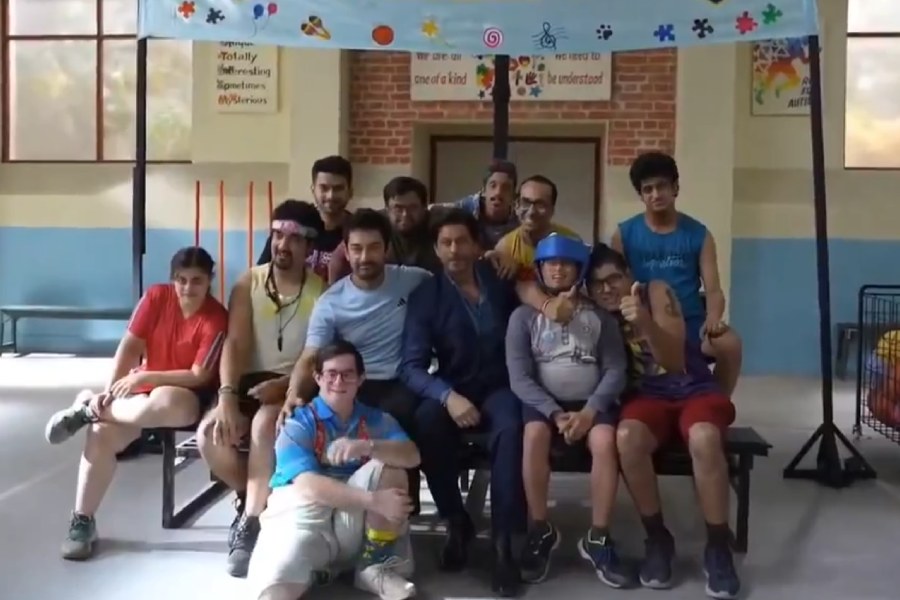Agle gaane ki farmaish Jhumri Telaiya se…. the once-sleepy hamlet of radio lore will soon be back in the lives of jet-setting urban listeners as Vividh Bharati starts airing on cell phones.
Jawhar Sircar, the CEO of Prasar Bharati, on Friday launched the operation of a 10KW FM transmitter hoisted on the Doordarshan Kendra tower with a reach of 50km. “We will soon have a 20KW transmitter which will increase the range to 75km,” he promised.
Unlike medium wave and short wave, which require a radio or transistor to receive signals, any content broadcast in FM mode can be picked up by mobile handsets as well.
“No one in Prasar Bharati had noticed that Vividh Bharati was not available on mobile handsets in metros that have the maximum density of mobiles,” said Sircar.
Speaking about the role played by Vividh Bharati in popularising film, folk and light music, Sircar said: “If film music had not been aired and heard on portable transistor sets, popular music may have been restricted to movie halls and upper class homes that could afford gramophones. Or we would have to wait for the cheap cassette revolution to come, as it did many decades later.”
Radio in India, especially Vividh Bharati, also played a great unifier. “Speakers of 24 major languages that were often hardly understood outside their own zones gradually came together through this new common vocabulary of rhythm, lyrics and melody of film music. Electro-magnetic waves united hearts. Some of the best singers repeatedly broadcast on AIR have been from Pakistan — Ghulam Ali, Mehdi Hasan, Nusrat Fateh Ali and others,” Sircar said.
Digitisation has helped salvage 20,000 hours of content, of which 3,000 hours are from Calcutta alone. “Unfortunately in the initial years (1925-50), there was no system of recording live programmes. From 1947, tapes were used but because people were not conscious the same tape was used and reused. So spools of invaluable content were simply deleted to make space for new content,” said Sircar. Talks are on with music companies to market archival material, he added.
One such unique e-compilation of AIR’s iconic journal, Betar Jagat, was released on the occasion.
From reruns to revival of popular programmes such as Bournvita Quiz Contest and Musical Bandbox, suggestions flowed as Sircar met a group of eminent personalities and appealed for help to improve Akashvani.
Theatre directors Bibhas Chakraborty and Manoj Mitra called for more radio plays. While Chakraborty rued that important interviews of such legends as Satyajit Ray and Sombhu Mitra were lost, Mitra recalled his early years when his first play Mrityur Chokhe Jal was aired.
Shaoli Mitra, who has acted in several radio plays, hoped the quality of transmission would improve. “I often don’t recognise my own voice on air,” she rued.
Sarod player Buddhadev Dasgupta wanted longer time slots for classical music while author Buddhadeb Guha said writers should be invited to read their works.


